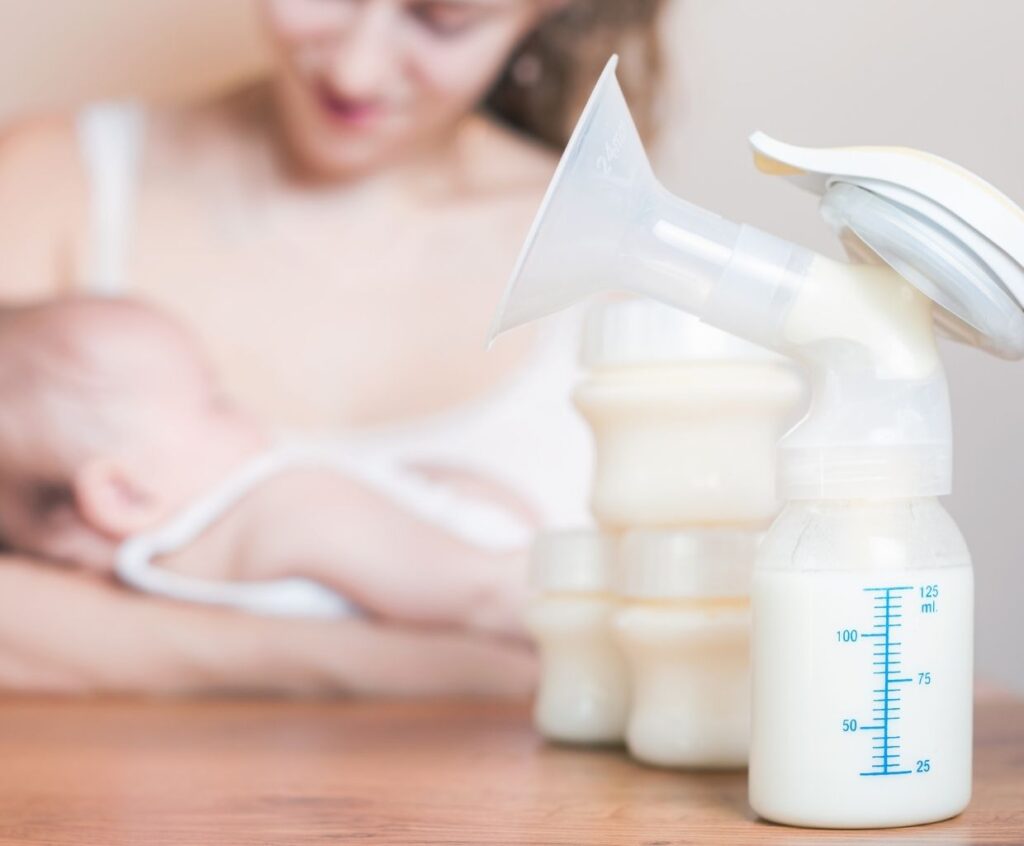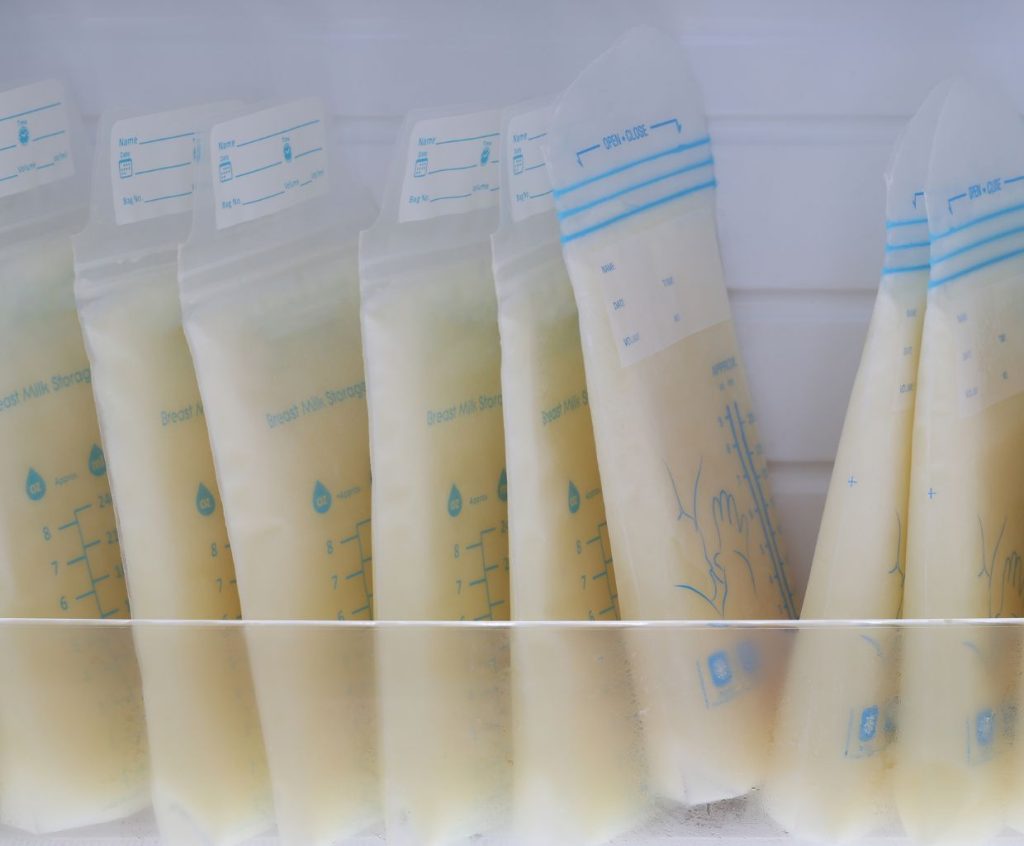Nurturing Freshness: A Guide to the Shelf Life of Breast Milk
As a new parent, ensuring the health and well-being of your baby is of utmost importance. Breast milk, often called “liquid gold,” is nature’s perfect infant food. It provides essential nutrients and antibodies that boost their immune system and promote growth.
However, understanding the shelf life of breast milk is crucial to maintaining its freshness and nutritional value. In this article, we will explore the factors affecting breast milk’s shelf life and provide helpful guidelines to ensure your baby receives the best nourishment possible.
Factors Affecting Shelf Life
Several factors can influence how long breast milk remains fresh and safe for consumption. It’s essential to be aware of these factors to make informed decisions about storing and using breast milk:
Temperature
The temperature at which breast milk is stored plays a significant role in determining its shelf life. Refrigerated breast milk typically remains fresh for 4-8 days, while frozen breast milk can be stored for 6-12 months. It’s crucial to keep breast milk away from extreme temperatures, as exposure to heat can lead to spoilage and the loss of vital nutrients.
Container
The type of container used to store breast milk also affects its shelf life. It’s recommended to use BPA-free, sterile, and airtight containers specifically designed for storing breast milk. These containers help prevent contamination and maintain freshness for a more extended period.
Hygiene
Proper hygiene practices are vital when handling and storing breast milk. Always wash your hands thoroughly before expressing or transferring breast milk. Additionally, sterilize all pumping equipment and storage containers to minimize the risk of bacterial contamination.
Guidelines for Storing Breast Milk
Follow these guidelines to ensure the optimal shelf life and freshness of breast milk:
-
- Label each container with the date and time of expression to track its freshness accurately.
-
- Store freshly expressed breast milk in the refrigerator immediately. If refrigeration is not possible, use a cool bag with ice packs for temporary storage.
-
- If you plan to freeze breast milk, do so within 24 hours of expressing it. This helps preserve its nutritional value and quality.
-
- When freezing breast milk, leave some extra space in the container as it expands during freezing.
-
- Thaw frozen breast milk in the refrigerator overnight or using warm water. Avoid using a microwave, which can create hot spots that may scald your baby’s mouth.
-
- Once thawed, use the breast milk within 24 hours. Do not refreeze it.
What are the key factors that affect the shelf life of breast milk?
Several key factors can affect the shelf life of breast milk. These include:
1. Storage temperature: Breast milk should be stored at a cool temperature, either in the refrigerator or a cooler with ice packs. The lower the temperature, the longer the shelf life. The ideal temperature for storage is between 32-39°F (0-4°C).
2. Storage container: Breast milk should be stored in clean, sterile glass or BPA-free plastic containers. These containers should be tightly sealed to prevent contamination.
3. Freshness of the breast milk: The fresher the breast milk, the longer it will last. If the milk has been stored for more extended periods or has been frozen and thawed multiple times, its shelf life may be reduced.
4. Sanitation: It is essential to ensure that all equipment used for expressing and storing breast milk is adequately cleaned and sanitized to prevent the growth of bacteria.
5. Handling and transportation: Breast milk should be handled and transported carefully to avoid heat, light, and air exposure. Using insulated bags or coolers with ice packs is advisable when transporting breast milk.
6. Freezing: If breast milk is not used within a few days, it can be frozen to extend its shelf life. Proper freezing techniques should be followed, such as using freezer-safe containers and leaving enough space for expansion.
7. Expiration dates: Breast milk should be labeled with the date and time it was expressed and stored. It is essential to regularly check these labels and use the oldest milk first to ensure maximum freshness.
It is important to note that these factors are general guidelines, and the shelf life of breast milk may vary depending on individual circumstances. Consulting with a healthcare professional or lactation consultant can provide more specific information and guidance.
How can proper storage techniques ensure the freshness and safety of breast milk?
Proper storage techniques are crucial to ensure the freshness and safety of breast milk. Here are some ways these techniques can help:
1. Preventing bacterial growth: Breast milk is a perfect medium for bacterial growth. By storing breast milk properly, you can inhibit the multiplication of bacteria and keep it safe for your baby. Bacteria can contaminate breast milk during pumping, handling, and storage.
2. Maintaining nutritional value: Proper storage techniques help preserve the nutritional content of breast milk. Freezing or refrigerating breast milk at the correct temperature can prevent the breakdown of essential vitamins, minerals, and enzymes.
3. Minimizing oxidation: Exposure to air can lead to oxidation of breast milk, resulting in a loss of certain nutrients and possible changes in taste. Proper storage techniques, such as using airtight containers or bags, can minimize air exposure and maintain breast milk’s freshness.
4. Avoiding cross-contamination: When storing breast milk, it is important to avoid cross-contamination with other food items. Using separate containers or bags and proper labeling can prevent any mix-up or accidental consumption of contaminated milk.
5. Ensuring safe temperature: Both refrigeration and freezing play a crucial role in maintaining the safety of breast milk. Refrigerated breast milk should be kept at a temperature of 32-39°F (0-4°C) and used within 3-5 days. Frozen breast milk should be stored at a temperature of 0°F (-18°C) or below and used within 6-12 months.
6. Proper handling and hygiene: Good hygiene is essential during pumping, handling, and storage. This includes washing hands before expressing milk, sterilizing pumping equipment, using clean containers, and storing breast milk in a clean and sanitary environment.
By following these proper storage techniques, you can ensure the freshness and safety of breast milk, providing your baby with the best possible nutrition.
A Guide to the Shelf Life of Breast Milk – Conclusion
Understanding the shelf life of breast milk is crucial for providing your baby with fresh and nutritious nourishment. By considering factors such as temperature, container choice, and hygiene practices, you can ensure your breast milk stays fresh and safe for consumption.
Following the recommended guidelines for storing breast milk will help you provide your baby with the best start in life, nurturing their growth and development.


